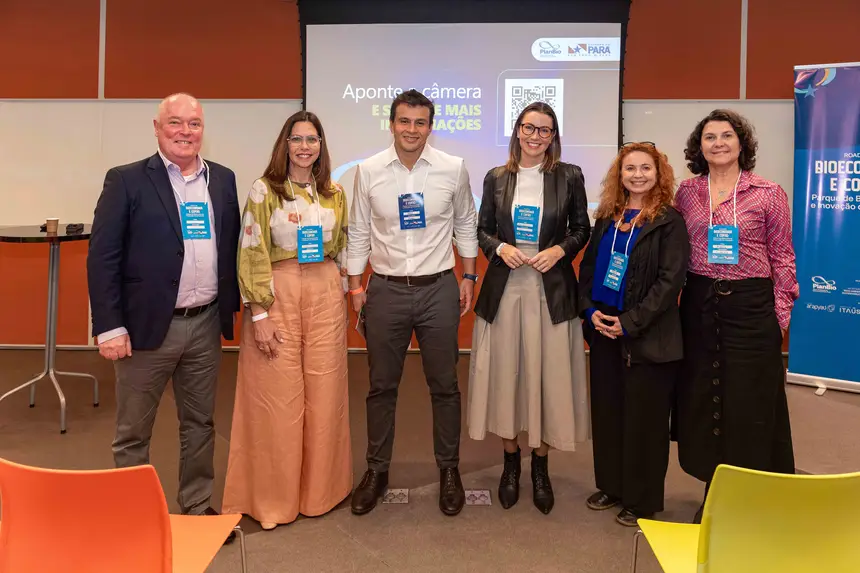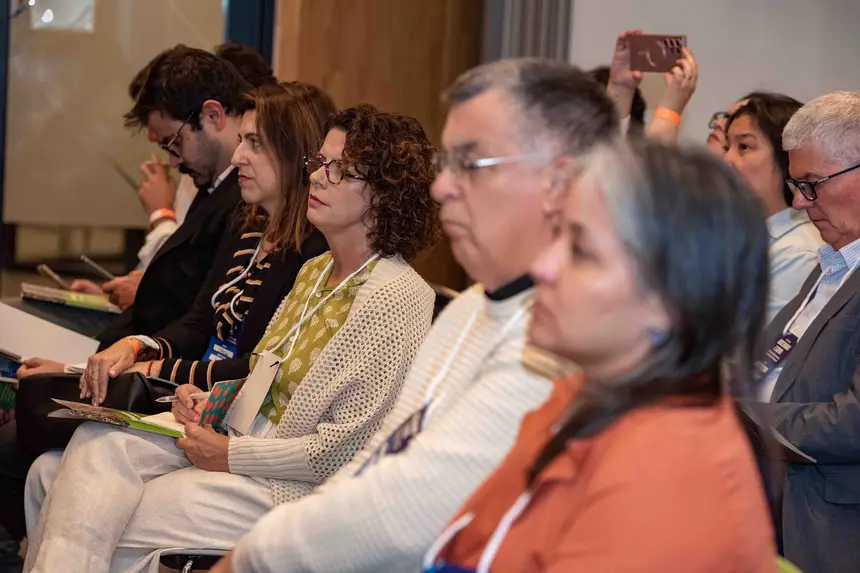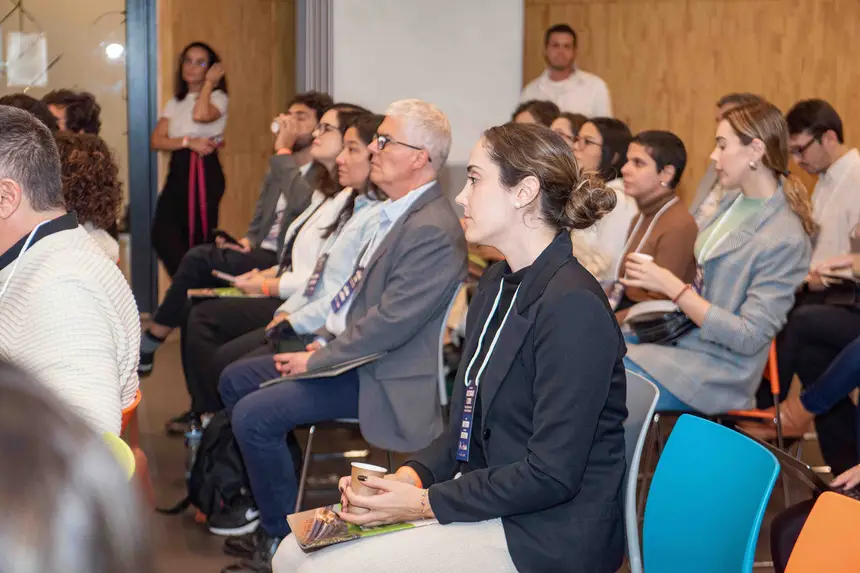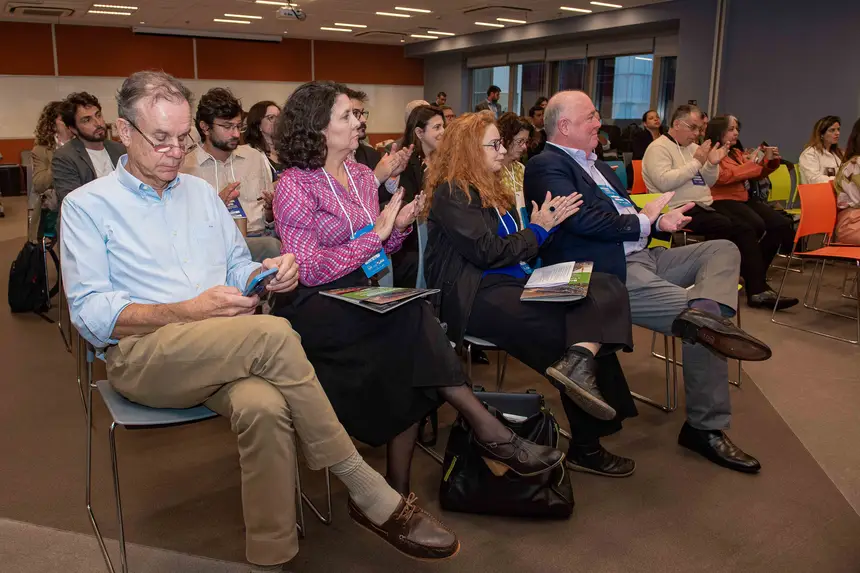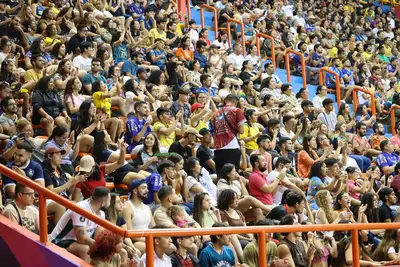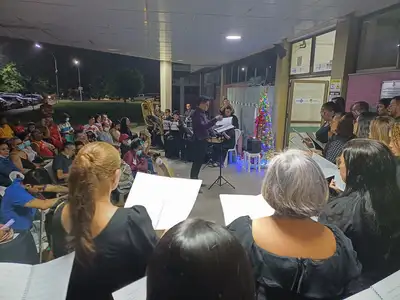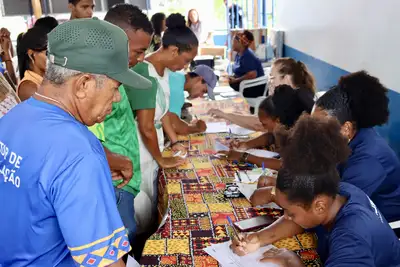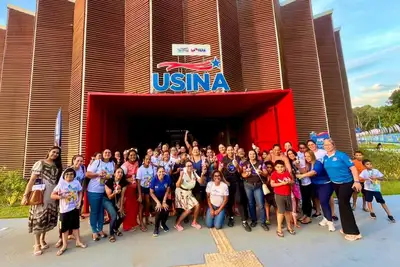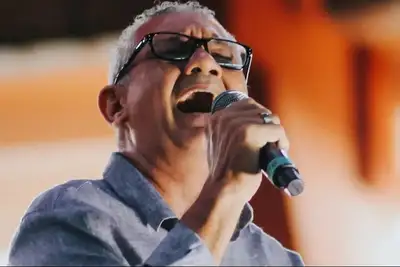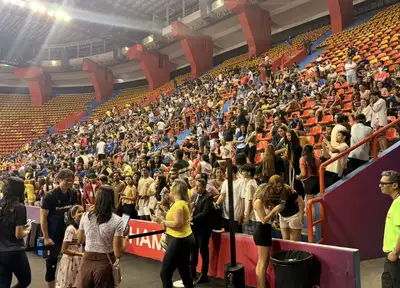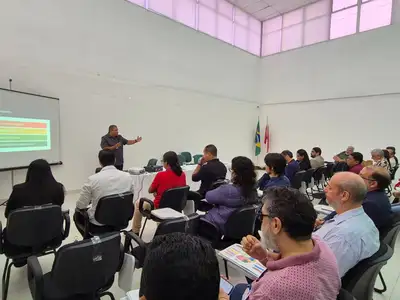Government of Pará presents the Amazon Bioeconomy and Innovation Park: the largest milestone of bioeconomy in Brazil
The event brought together representatives from the State and supporters of the project to present the Park's objectives and the progress of the works to the target audience
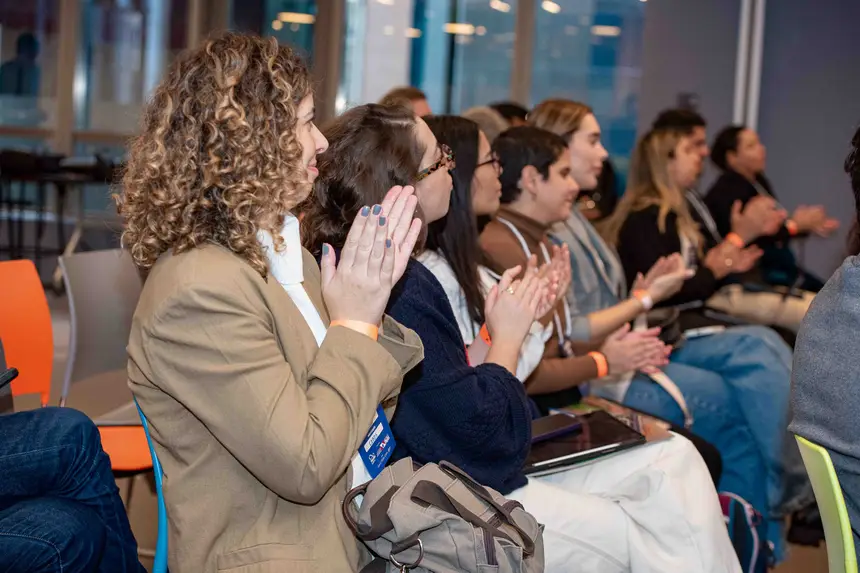
The Government of Pará, through the Secretary of Environment and Sustainability (Semas), officially presented on Monday (12), in São Paulo, the Amazon Bioeconomy and Innovation Park. Aimed at representatives from the private sector, academia, and the third sector, the event marked a strategic preparation stage for COP30, which will be held in Belém in November 2025 – the same city where the Park will be located.

With 75% of the works completed, the Park was conceived as a technological and productive hub to transform the potential of the Amazonian bioeconomy into real opportunities for sustainable development. The project combines innovation, forest valuation, and the generation of economic and social value.
"No business exists in isolation. The Park is born with this systemic vision, as a complete ecosystem of support, integration, and acceleration. It is 'bio' because it values the forest and the knowledge of the peoples; and it is 'economy' because it generates income and development," highlighted the Secretary of Environment, Raul Protázio Romão.
Legacy of COP30 and self-sustaining model
The Deputy Secretary of Bioeconomy of Semas, Camille Bemerguy, presented the Park as one of the main structuring actions of the State Bioeconomy Plan, the first in Brazil, with 122 actions underway – more than 20% already executed.
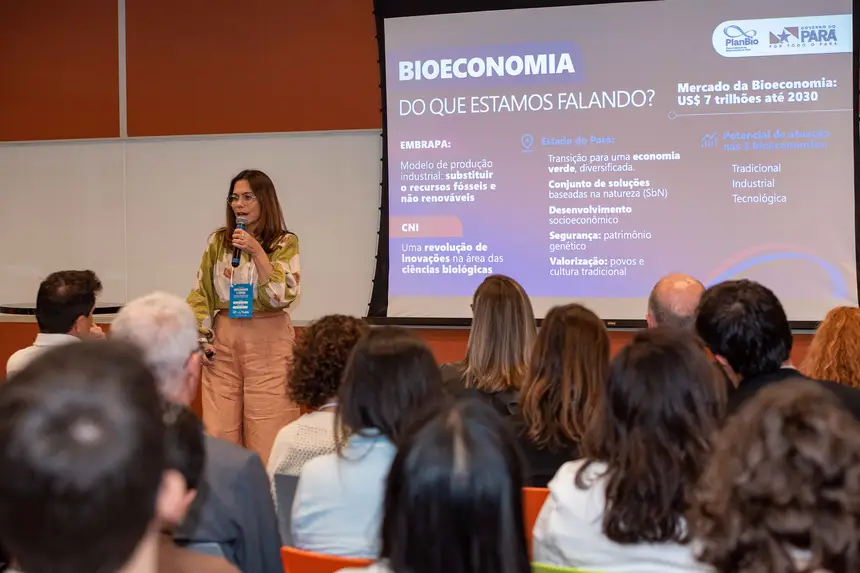
"The Park was designed to be self-sustaining, with multisectoral governance and operation managed by specialized private institutions. It will function as a large accelerator of bio-businesses, supporting high value-added forest products and services," she explained.
Located in two warehouses at Porto Futuro II, in Belém, the space will feature a laboratory-factory for prototyping bioeconomic solutions and a business center with services such as strategic planning, legal advice, branding, and connections with investors.
"More important than the physical structure is the intelligence behind it. The Park has purpose, strategy, and objectives. And it is ready to inspire other ecosystems," added Raul Protázio.
Engagement with the private sector
During the event, the government presented the partnership model with private companies, which can participate from the foundational phase. Executives from companies such as Nestlé, Mercado Livre, and Carrefour Brasil participated in a networking moment with the project team.
"Today there are three bioeconomies in Brazil: the traditional, the industrial, and the technological. The Park will integrate them, and we want the private sector with us from the beginning," stated Camille.

Patrícia Daros, director of Nature-Based Solutions at Vale, emphasized the economic potential of Amazonian biodiversity. "We are adding value to species such as açaí, cocoa, and cassava. Amazonian cocoa already has a more valued ton than nickel. The forest can — and must — be a vector for a new economy based on science and respect for indigenous peoples."
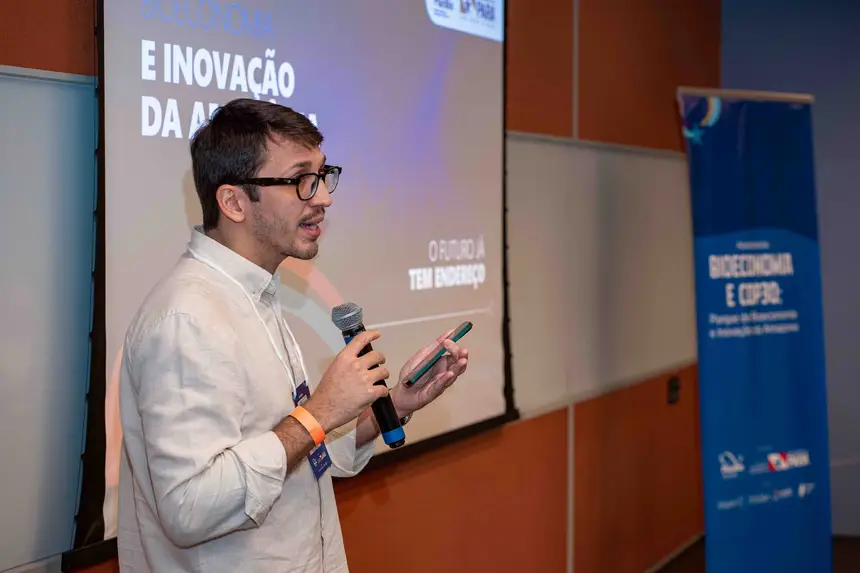
Meanwhile, the president of ASSOBIO, Paulo Monteiro, highlighted the impact of the Park on the productive chain of sociobioeconomy. "The differential is being able to test and develop products before building a factory. This reduces risks and attracts investors to support the next startups in the Amazon."
International reference
Closing the event, Raul Protázio reinforced the role of the Park as a symbol of a new vision of development for the region.
“This is a starting point. We are creating the conditions for a new economy in the Amazon. In five or ten years, we want to hear: ‘we were inspired by the innovation ecosystem of Pará’. This is our commitment.”


